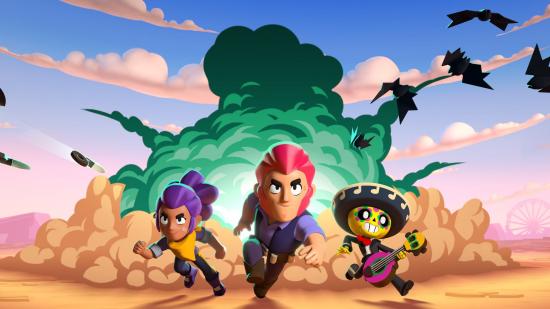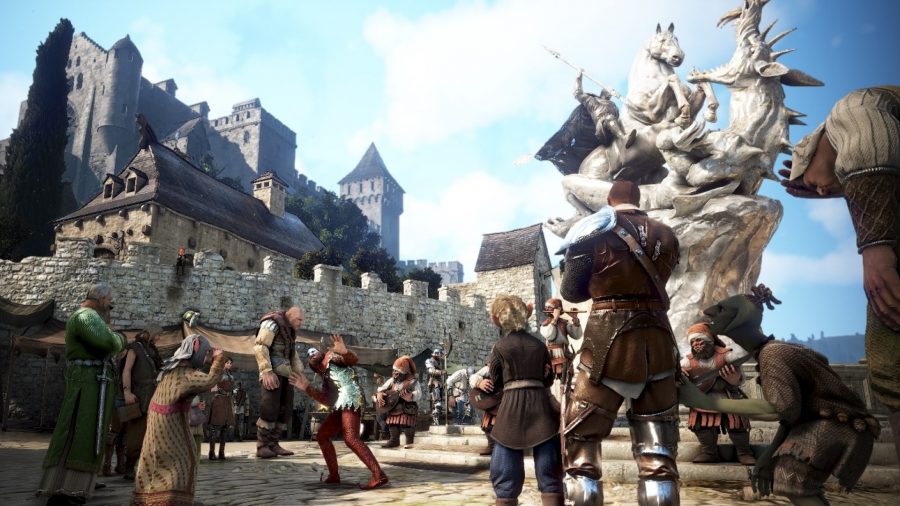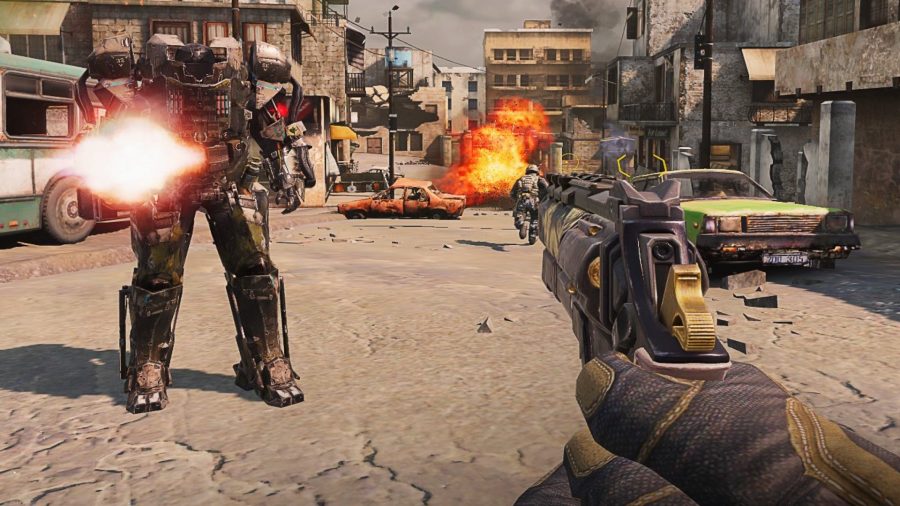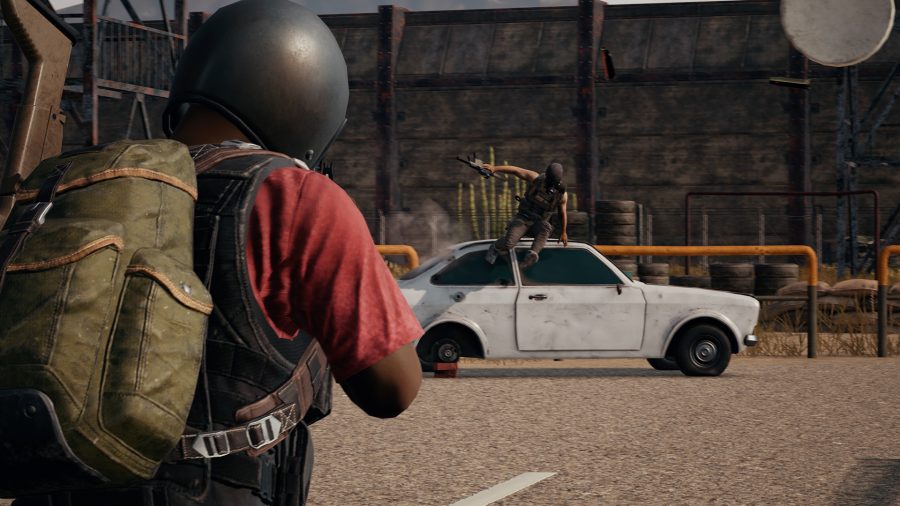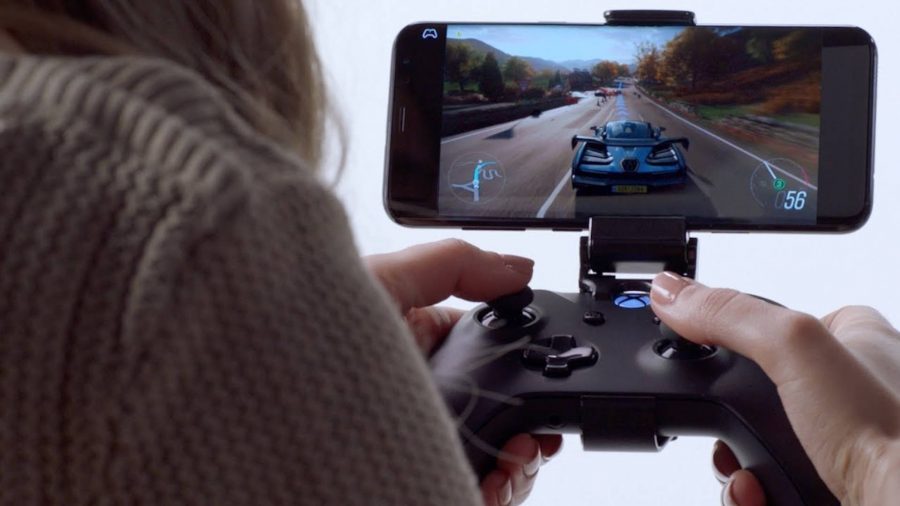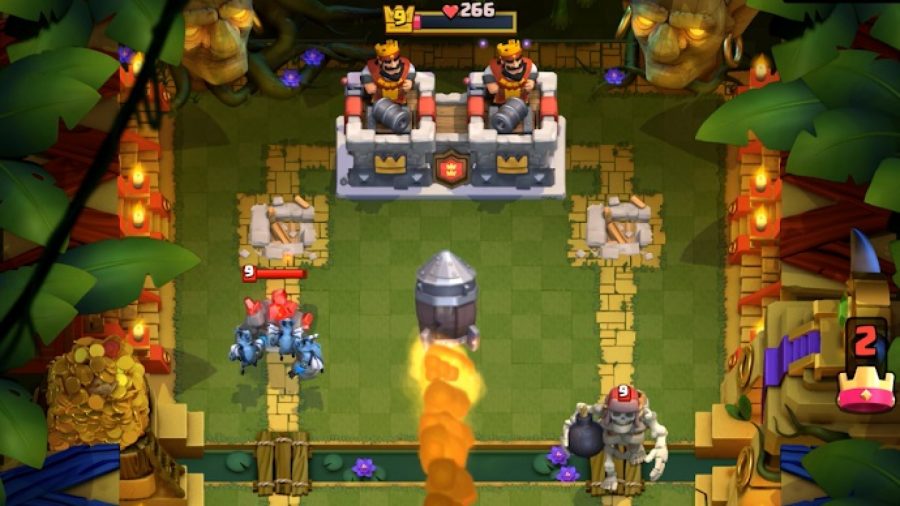Ask any industry analyst what the fastest-growing segment of gaming is and they’ll scream “mobile!” in your face. It’s no secret that our favourite gaming platform is absolutely booming these days, and has done over the past decade. From the rise of the App Store, to the boom of free-to-play, and the exciting mobile gaming future, it’s been a heck of a ride.
But what drives this enormous success? And why do ‘core gamers’ over on console often treat the platform with such disdain? Well, data analyst firm Omdia, who has tracked the gaming market since the ’90s, had all the answers for us during a talk at GDC 2020, which we’re covering extensively here on Pocket Tactics.
The talk was intended for developers looking to break into the mobile games market, and highlighted the fastest areas of growth within the fastest-growing area of the games industry. Inadvertently though, the talk actually provided a heck of a lot of insight into why mobile is growing so quickly, and also why you don’t hear about a lot of the successes as much as you do on console and PC. Let’s dive into seven key areas where mobile is growing.
Asian markets continue to dominate, though the west is growing
Reason number one: mobile is, by a considerably wide margin, much bigger in Asian markets than it is in the west, where the consumer share is split between mobile, PC, and console. However, mobile gaming is growing in the west, and that’s mostly down to moves by big Asian publishers like Tencent, NetEase, and Lilith Games.
These huge publishers have started to target emerging markets, like the west, as the Chinese and Japanese markets, in particular, are becoming so saturated that it’s increasingly difficult to stand out in them.
The world over, mobile gaming spend is highest in Japan and South Korea, and by a considerably wide margin. The US and UK then follow, with China, Brazil, and India making up the remainder of the big spenders.
In summary: mobile gaming is absolutely huge, but mostly in Asia, where a lot of markets are actually mobile-first now, meaning that mobile is the dominant platform. We’re not quite there yet in the west.
There’s a large number of female gamers on mobile
You may not realise it, but the mobile gaming community is actually vastly different from that on console and PC, and one of the biggest differences is that there’s a large number of female gamers on mobile. So many, in fact, that many developers and publishers are actively targeting the genre.
Check the charts and it adds up. Games like Choices, Episode, Candy Crush, Lily’s Garden, and Matchington Mansion have a huge female player-ship. This is one key difference between mobile and PC/console.
Lootboxes, limited sales, and pay-to-win still leads monetisation
Okay, so here’s some bad news: the worst monetisation systems continue to dominate on mobile. This includes lootboxes, limited sales, and pay-to-win. All three continue to grow in revenue, though there are some potential new competitors, which you can read about lower down in this article.
PC ports on mobile provide the biggest success stories
You may have heard of the likes of PUBG Mobile, Fortnite, and Black Desert Mobile? Well, these are just a few of the most successful games on mobile, and they have one thing in common: they’re ports of popular PC games.
Okay, not direct ports, but these versions of PC games, which are optimised for mobile, are proving to be the biggest growth area in mobile games. Games from the MMORPG, battle royale, and MOBA genres are particularly successful.
However, much of that success is in the Asian market, where the likes of Lineage M, Perfect World Mobile, Black Desert Mobile, and Blade and Soul Revolution are absolutely enormous.
Having said that, shooters in particular are doing big business in the west, with battle royales PUBG Mobile, Garena Free Fire, and Fortnite absolutely smashing it.
Subscriptions are on the rise, though less popular than on PC and console
When we’re referring to subscriptions, we actually mean two different things:
- Game Pass/Apple Arcade games libraries
- RuneScape/World of Warcraft-style subscriptions
Both of these monetisation methods are on the rise, though they have proven to be less popular on mobile than on PC and console. Omdia puts that down to the fact that mobile is predominately free-to-play; so-much-so that 96% of all downloaded mobile games are free.
That basically means that subscriptions seem to offer less value than they do on console in particular, where a new game can set you back as much as $60/£60. Still, if Apple and Microsoft can get Arcade and Game Pass in particular right, it’s encouraging that we’ll see a future where pay-to-win and lootboxes don’t dominate.
Battle Pass is becoming the defacto monetisation method
Another growing monetisation method is the battle pass, which first appeared on PC with Dota 2 and was later made enormously popular by Fortnite. This monetisation method, which allows you to complete a series of challenges in exchange for a ton of rewards, is becoming the defacto, and could take over from lootboxes going forward.
The reason for this, according to Omdia, is that it’s preferential to know what you’re getting with your money than not. That’s the primary difference between battle passes, where everything is upfront, and lootboxes, where the rewards are delivered at random.
Battle passes are also more successful at converting non-payers than lootboxes.
Mobile esports are incredibly successful
Lastly, esports are, quite frankly, incredibly successful on mobile, though not without their challenges. A huge positive is the fact that mobile is democratised: the vast majority of the world’s population has access to the platform, which doesn’t have such a reliance on expensive hardware like PC and console esports.
The biggest issue, though, is that mobile esports isn’t quite as engaging for spectators as their PC and console siblings. It’s still a huge market, and growing enormously, but it’s a bigger challenge to get people to watch and engage with it.
For reference, some of the biggest mobile sports titles include:
- Honor of Kings
- PUBG Mobile
- Clash of Clans
- Clash Royale
- Arena of Valor
- Brawl Stars
- Mobile Legends
- Garena Free Fire
So there we have it: seven key areas in which mobile is growing. Make sure to stay tuned to Pocket Tactics, where we’ll continue to cover GDC over the course of the week.
